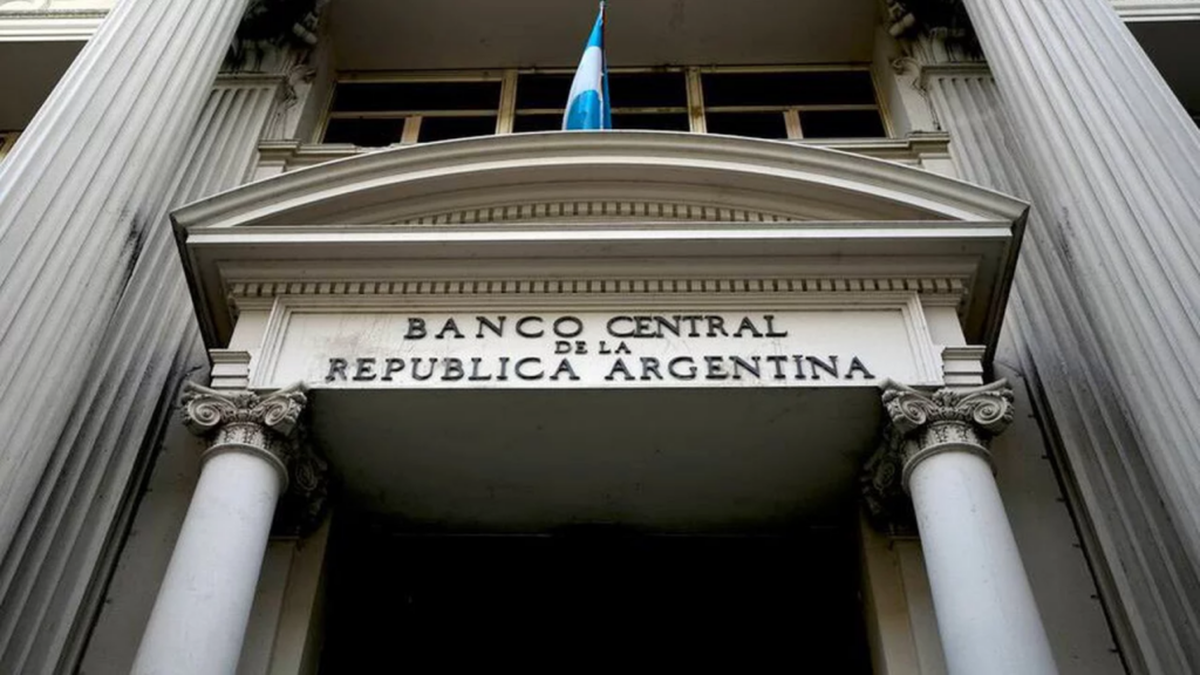It is almost inherent to Argentine thought to believe that The beginning of the end is always close. It is not surprising to hear the same Argentine say: “In Argentina, everything that can go wrong will go wrong”. And yes, of course there are chaos agoreros, but it is also true that in recent weeks the strain shook al peso market. However, everything indicates that it was A punctual event due to lack of liquidityproduct of adaptation of the economic team and the banks to the End of the Lefiswhat could normalize in the short termwithout this having moved to a greater concern for the fundamentals of Argentina, judging by the pricing of the sovereign bonds in dollars that ignored the volatility of the weight market.
Before returning to the recent episode, it is worth stopping at a more structural point: The debate on the impossible Trinity between the exchange rate, monetary policy and capital mobility. The economy manuals, from the classic Mundellfleming model, propose that It is not possible to simultaneously maintain an independent exchange rate, an independent monetary policy and free capital mobility (You can only have two at the same time).
Now, The Argentine reality is more complex. While the exchange rate floats inside the exchange bands, The BCRA intervenes in the futures market to anchor expectations. Despite a certain flexibility of exchange restrictions, still Cross limitation for companies persists and There are retained dividends Prior to fiscal year 2025 that continue subject to controls (an inherited problem that was attacked with the Bopreal Series 4, which proved to have little demand for an implicit exchange rate superior to the officer).
As for the monetary regime, While the interest rate is determined endogenous under the new scheme of monetary aggregates targets (private transactional m2) – after abandoning the explicit objective on the monetary policy rate (Lefi) -,, This does not imply that monetary authority has lost control over politics. That is, in this transition towards greater capital mobility, a truly flexible exchange rate (without intervention in the futures market) and a control of the monetary policy based on aggregates, The Argentine reality is still located in a gray area.
Specifically, in the field of monetary policy, The discussion revolves around whether it makes sense to adopt a scheme based on monetary aggregates. To do this, it is first necessary to understand the approach of economic mainstream – that is, what other countries do – and then analyze the limitations of our economy to understand why the economic team opted for a different path.
Poole (1970) states that, In a context of perfect information about demand shocks and money supply, direct control over monetary aggregates would be more efficient than setting an interest rate. However, in practice, multiple studies of the Federal Reserve (Mishkin, 2001; Bernanke; Mishkin, 1997) highlight that The volatility of the demand for money and the need to anchor expectations led to interest rates becoming the main operational instrument of modern central banks. As Bernanke and Mishkin point out, rates -based policy is more predictablefacilitates transmission to the financial system and allows a clearer communication of the objectives of the monetary authority.
Now, in Argentina, the use of interest rate as a main instrument faces an additional problem: The credit market is underdeveloped, which limits the transmission of monetary policy towards real activity. In this context, the most relevant channel is not the credit but that of liquidityhence The direct absorption of weights tends to have a more immediate effect. This limitation was evidenced during the experience of Targeting inflation Under the presidency of Federico Sturzenegger in the BCRAwhen The weakness of the rate channel in an economy with low financial deepening and high portfolios dollarization was revealed.
The interesting thing is that we are traveling this scheme change in practice, and time will say if it ends up working better than the traditional control of interest rates. Obviously, the implementation of an unconventional model is not exempt from stuping: It requires that the agents adapt, and yes, it can also fail. Although the recent episode today would seem to have been only a stumble of adaptation to the new scheme.
Promptly, The end of the Lefis generated a surplus of liquidity of $ 10 billion without application, which led to the rates of the short LECAPS were located in the area of 2.2/2.4% TEM and the 12% TNA bond. To absorb that surplus, the BCRA reactivated the offer of Rest to the banks ($ 3.5 billion on 07/15) and would have removed 1 billion via Lecaps sale on 11/07. In turn, the Treasure He made a tender out of calendar on 07/16, absorbing $ 4.7 additional billion and validating 70/80 pbs above high school.
Thus, as of 18/07 (Liquidation of the Bidding), The banks were with $ 13.9 liquid billion (not counting Lecaps), compared to a typical level of $ 23 billion. The (obvious) lack of coordination between banks caused A liquidity vacuum starting from Monday and a shooting of the rates. Now, with the most oiled mechanism and the market encouraged to rearm up positions trade in this new level of rates, Three compression wheels were hilvan until Thursday. In addition, it is likely that in the tender on Tuesday that comes The rollover is significantly below 100%implying a new liquidity injection that would contribute to continue compressing the rates. Thus, after a lot of volatility, the market seems to find A new balance.
Martín Cordeviola, PPI analyst
Source: Ambito
David William is a talented author who has made a name for himself in the world of writing. He is a professional author who writes on a wide range of topics, from general interest to opinion news. David is currently working as a writer at 24 hours worlds where he brings his unique perspective and in-depth research to his articles, making them both informative and engaging.




